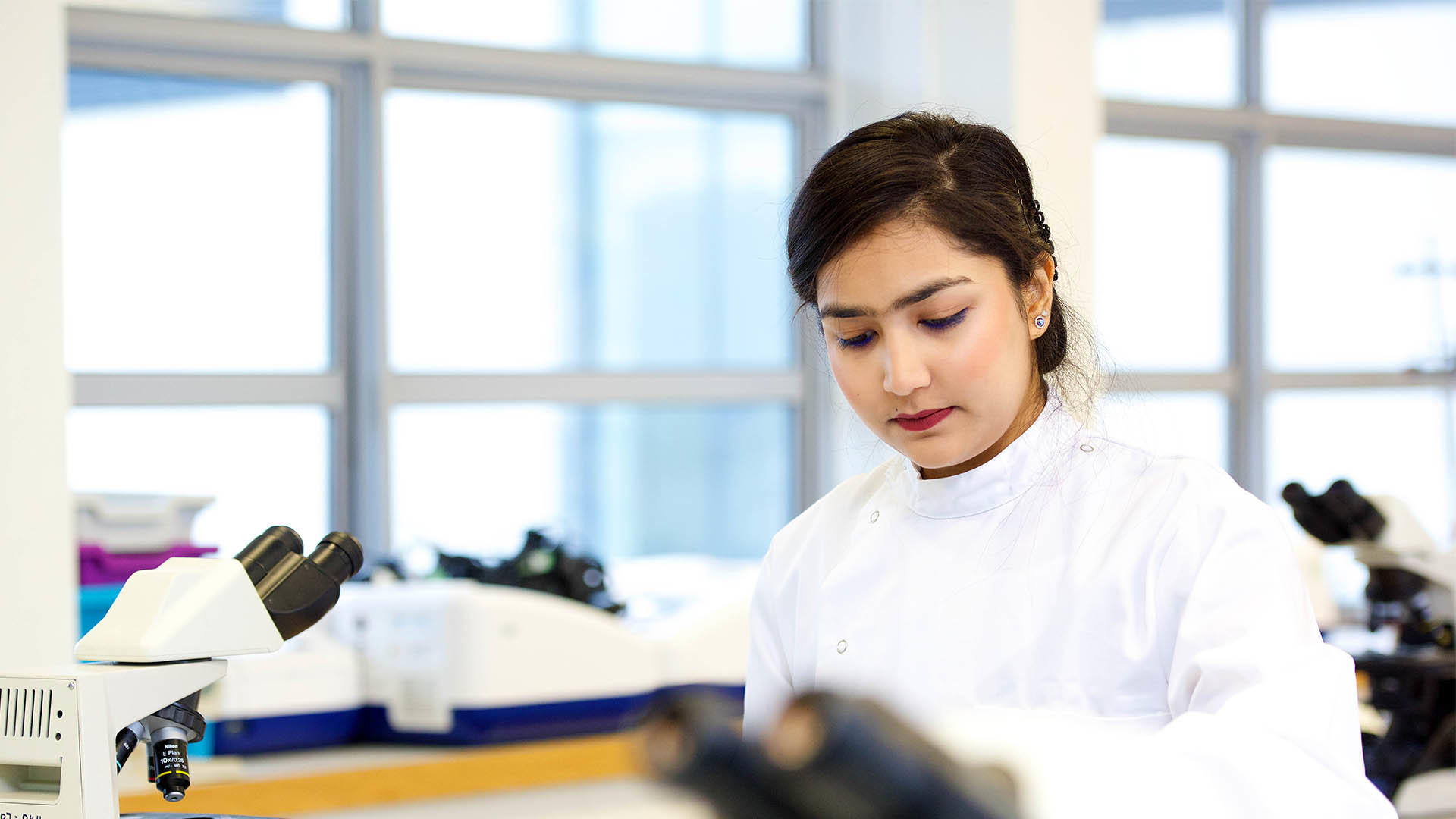The laboratory is equipped with 4 NIMA Technology Langmuir Blodgett troughs (KVS-Nima Biolin Scientific Langmuir troughs : NIMA model 102M and 112D Langmuir Trough, NIMA model 611 LB Deposition trough, NIMA 601BAM Langmuir Film Balance Brewster Angle Microscope trough) and 2 custom made 15 ml PTFE troughs.
Circular Dichroism (CD) is one of the most widely used methods for determining structure and monitoring structural changes of biomolecules in solution. The Biophysics laboratory is equipped with a J-815 Jasco Circular Dichroism Spectrometer, which can be used, for example, to investigate protein/peptide folding, protein/peptide-membrane interactions e.g.in the presence of lipid systems mimetic of bacterial/tumour membranes, carbohydrate conformation and investigations into protein-protein interactions.
Fluorescence spectroscopy is another technique used to explore the interactions between peptides or novel pharmaceutical compounds with membranes. These investigations provide information about vesicle leakage and binding during these membrane interactions. The laboratory is equipped with a user-friendly Jasco FP-6500 spectroflourimeter.
The main focus of the work in the Biophysics Laboratory is the mechanism underlying antimicrobial peptide (AMP) membrane interaction. It has been suggested that many AMPs use a pore-type mechanism of membrane interaction and although there have been many predictions; very few researchers have been able to show, experimentally. The Nanion port-a-patch is a technique being developed in the biophysics area to investigate membrane channels. This chip-based automated patch-clamp has been used to investigate the permeation of antibiotics through a planar lipid bilayer. This technique has several advantages over the classical montal-muller membrane system, one of which is the high reproducibility of the system. Reproducibility of vesicle preparation is also essential for Biophysics research. The laboratory is also equipped with a Nanion vesicle PrepPro an automated system for the preparation of solvent-free giant unilamellar vesicles (GUVs).

